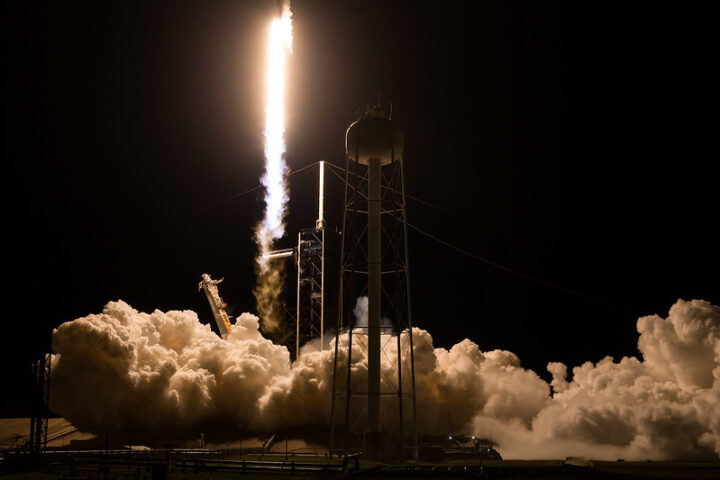Rocket Lab’s latest venture, integrating twin spacecraft for NASA’s ESCAPADE mission, marks a pivotal moment in our ongoing journey to unravel the celestial secrets of the cosmos. This mission, steered by the intellectual prowess of Dr. Rob Lillis and his team at UC Berkeley’s Space Sciences Laboratory, is set to probe the enigmatic realm of Mars’ magnetosphere, a frontier that has long intrigued astrophysicists and planetary scientists alike.
The ESCAPADE mission is more than a mere voyage to another planet; it’s a critical scientific endeavor that seeks to comprehend the Martian atmospheric depletion caused by solar winds, a phenomenon pivotal to decoding the Red Planet’s climatic evolution. The spacecraft are not just mechanical constructs but harbingers of knowledge, equipped with advanced instrumentation capable of dissecting the intricate details of magnetic fields, ion and electron dynamics, plasma density, and solar ultraviolet flux.
As these celestial sentinels prepare for their daunting 230-million-mile odyssey, they undergo rigorous integration processes. “Reaching the flight integration phase for a new spacecraft is a significant milestone, especially for a complex interplanetary mission like this,” affirmed Peter Beck, Rocket Lab’s visionary founder and CEO. This phase is a testament to human ingenuity, building upon Rocket Lab’s legacy that includes monumental achievements like the delivery of a spacecraft to lunar orbit.
The integration and testing unfold at Rocket Lab’s Long Beach facility, a nexus of aerospace innovation, where cleanrooms buzz with activity and the air is charged with anticipation. This mission, a jewel in NASA’s SIMPLEx program crown, heralds a new era of Heliophysics research, extending its reach to another planetary body and setting the stage for future interstellar endeavors.
Similar Posts
The launch, slated for 2024 aboard a Blue Origin New Glenn launch vehicle, is but the beginning of an 11-month traverse through the cosmic void, culminating in Mars orbit insertion and the commencement of the science phase in 2026. This timeline, while precise, is a mere blink in the cosmic scale, yet pivotal for humanity’s quest for interplanetary comprehension.
However, as we stand on the precipice of this new era of space exploration, it’s crucial to acknowledge the challenges that lie ahead. Space, with its unforgiving void and relentless cosmic phenomena, is an arena where even the smallest miscalculation can spell disaster. The mission’s success is tethered not only to the flawless operation of high-tech instruments but also to the resilience and ingenuity of the human spirit.
In the broader context, ESCAPADE joins the ranks of recent groundbreaking endeavors in space exploration. The discovery of the Comet Bernardinelli-Bernstein, the largest-known comet to date, and the revelations from NASA’s James Webb Space Telescope, which has provided unprecedented insights into Jupiter’s atmosphere, are reminders of our enduring quest to reach beyond our celestial confines.
As we count down to ESCAPADE’s launch, the mission is more than a scientific expedition; it’s a continuation of our species’ timeless pursuit to understand our place in the cosmos. The insights garnered from this mission have the potential to not only demystify the atmospheric mysteries of Mars but also to kindle the curiosity that propels humanity forward in our cosmic journey.















